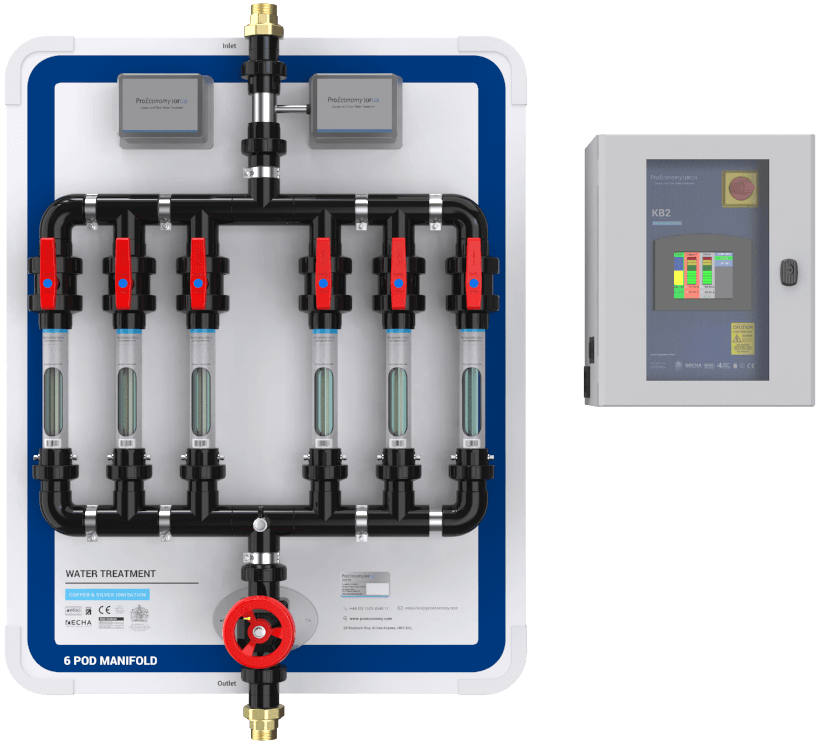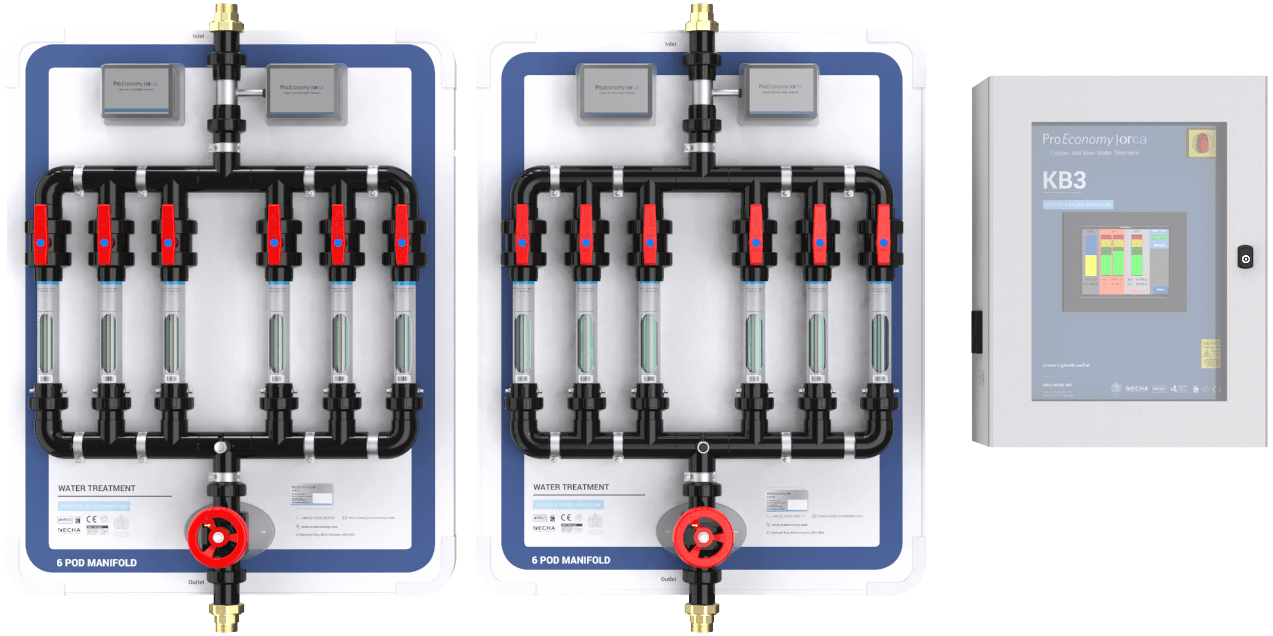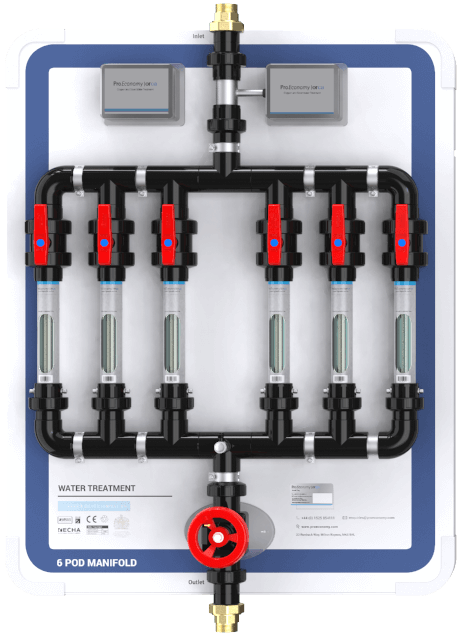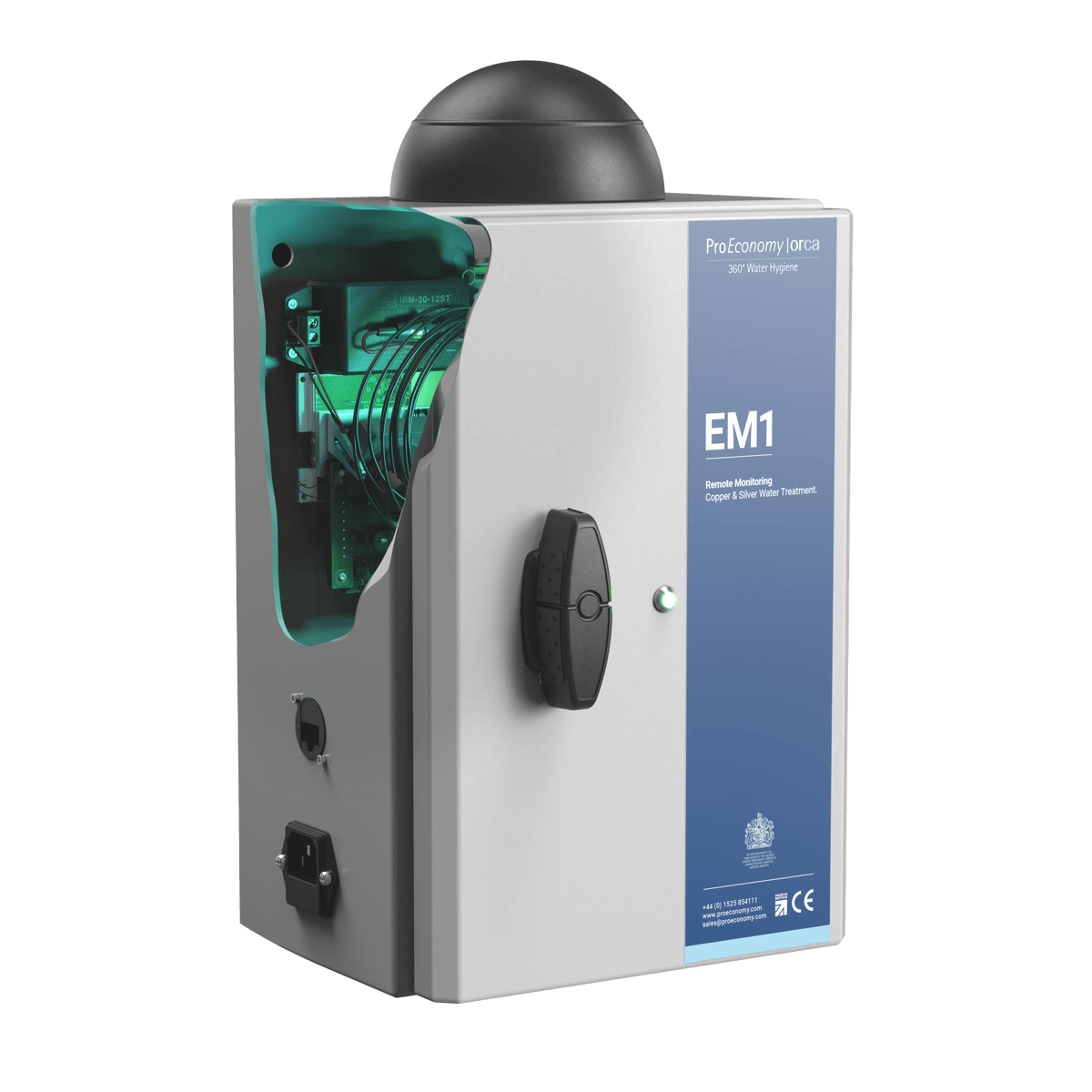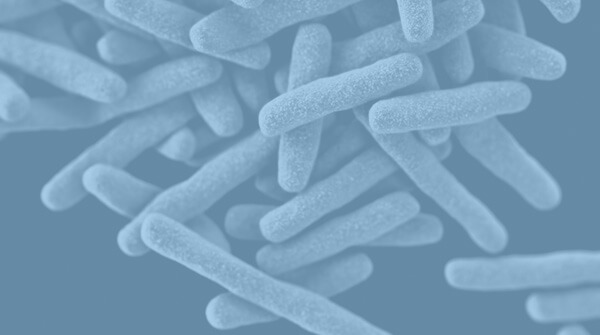
Viable But Not Culturable (VBNC) state has been recognised since the early 1980s and is regarded by most researchers as a survival strategy used by mainly Gram negative bacteria as a response to stress (Li et al, 2014). A review paper by Alexander Kirschener, from the Medical University of Vienna, published in Water Research, as Open Access, reviewed determination of viable legionella in engineered water systems and asked the question: do we find what we are looking for?
Kirschener points out that in many cases of results from culture-based legionella surveillance methods, a culture-negative result may be obtained despite the presence of viable legionellae. He argues that current risk assessment models to predict the risk of legionellosis from Legionella concentrations in the investigated water systems contain many uncertainties and are mainly based on culture-based enumeration and that, if VBNC legionellae should be considered in the future standard analysis, quantitative models must provide better estimates, by using molecular enumeration techniques, such as PCR.
The review summarizes current knowledge on the threat of VBNC legionellae to human health and how different disinfection methods may result in VBNC cells being left in the water being treated. It was interesting to notice that mono-chloramine was reported to quickly push L. pneumophila into the VBNC state (Turetgen, 2008). The study showed that above 1 mg/L of mono-chloramine, about 30% of viable cells were still observed after 15 days in a biofilm and only by doubling the concentration of the biocide reduced the L. pneumophila to undetectable levels.
Results were also shown for heat treatment. It was reported that different L. pneumophila strains were able to be resuscitated in amoebae after exposure to 30 min of heat (70 C) and that after resuscitation, they were able to infect macrophage-like or alveolar epithelial cells. Only after 60 min of exposure, no viable and infectious cells were observed. Lower temperatures between 60 and 70 C may also push legionellae into the VBNC state, but the time needed may be significantly longer to achieve unculturability.
A previous study by Mustapha et al. (2015) from the Pasteur Institute, was published in Research in Microbiology. It monitored the viability of three L. pneumophila strains after chlorine dioxide (ClO2) treatment using a flow cytometric assay. Suspensions of L. pneumophila cells were submitted to increasing concentrations of ClO2. Culturable cells were still detected when using 4 mg/L, but could no longer be detected after exposure to 6 mg/L of ClO2, although VBNC cells were found after exposure to 4-5 mg/L of ClO2. When testing whether these VBNC were infective, two of the strains were resuscitated after co-culture with Acanthamoeba polyphaga, but neither of them could infect macrophage-like cells.
Viable legionella in engineered water systems and CSI
No VBNC state of legionellae due to control by copper and silver ionisation has been shown, which is not surprising. As I discussed in a previous article, after analysing the studies conducted by the University of Duisburg-Essen and by other universities into VBNC state of organisms, I came to the conclusion that it is very unlikely that this would occur because of the mechanism of how Gram negative bacteria are killed by copper and silver. It involves an initial cell membrane compromise, followed by an accumulation of ions in the bacterial cells and subsequent damage, resulting in rapid degradation of the cell and death (Grass 2011; Yamanaka et al., 2005).
A significant amount of energy is needed for bacteria to eliminate or inactivate copper and silver. A total of 9 genes and 3 different types of resistance mechanisms was needed by Salmonella to clear copper and silver (Silver, 1996). Also it is important to appreciate that copper and silver species are non-biodegradable non-volatile substances.
Often in the studies conducted in a lab to establish whether bacteria can get into a VBNC state when having been exposed to copper and silver, strong complexing agents (such as diethyldithiocarbamate (DDTC)) have to be used to neutralise the biocidal effect of copper and silver. Only after copper and silver have no more biocidal effect it is potentially possible for bacteria to be revived. In one of the studies conducted by the University of Duisburg-Essen Pseudomonas aeruginosa was revived in the presence of the copper neutralising agent DDTC after 14 days (Dwidjosiswojo et al., 2011). How often does this occur in building water systems without the presence of neutralising agents? I’d say never!
References
Dwidjosiswojo, Z.; Richard, J.; Moritz, M.M.; Dopp, E.D.; Flemming, H-C.; Wingender, J. (2011). Influence of copper ions on the viability and cytotoxicity of Pseudomonas aeruginosa under conditions relevant to drinking water environments. International Journal of Hygiene and Environmental Health. 214(6):485-492.
Grass, G., C. Rensing, C.;M. Solioz, M. (2011). Metallic copper as an antimicrobial surface. Appl. Environ. Microbiol. 77(5):1541-1547.
Kirschener, A.K.T. (2016) Determination of viable legionellae in engineered water systems: do we find what we are looking for? Water Research 93:276-288. http://www.sciencedirect.com/science/article/pii/S0043135416300768?np=y
Li, L., Mendis, N., Trigui, H., Oliver, J.D., Faucher, S.P. (2014) The importance of the viable but non-culturable state in human bacterial pathogens. Front. Microbiol. 5:258.
Musthapha, P., Epalle, T., Allegra, S., Girardot, F., Garraud, O., Riffard, S. (2015) Monitoring of Legionella pneumophila viability after chlorine dioxide treatment using flow cytometry. Research in Microbiology 166:215-219. http://www.sciencedirect.com/science/article/pii/S0923250815000297
Silver, S. (1996). Bacterial resistance to toxic metal ions. Gene. 179:9-19.
Turetgen, I. (2008) Induction of Viable but Nonculturable (VBNC) state and the effect of multiple subculturing on the survival of Legionella pneumophila strains in the presence of monochloramine. Ann. Microbiol., 58 (1):153–156.
Yamanaka, M., Hara, K.; Kudo, J. (2005). Bactericidal actions of a silver ion solution on Escherichia coli, studied by energy-filtering transmission electron microscopy and proteomic analysis. Appl. Environ. Microbiol. 71(11):7589-7593.

